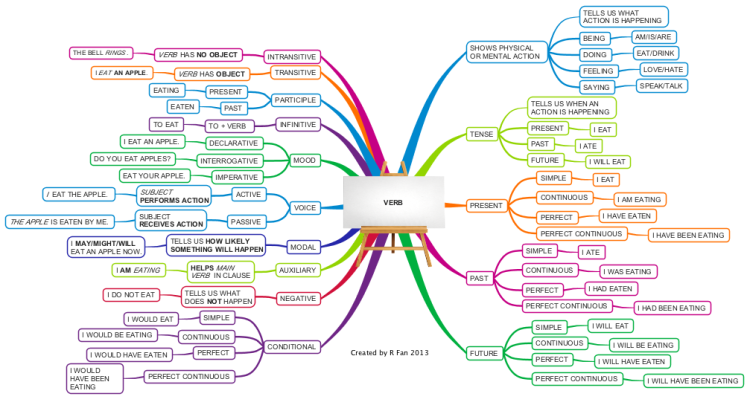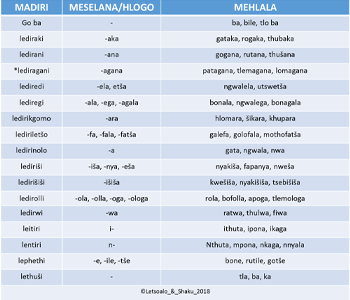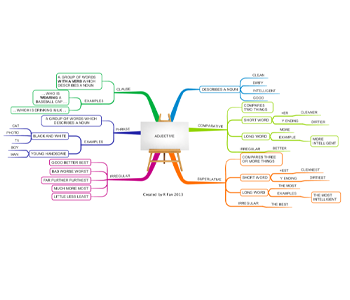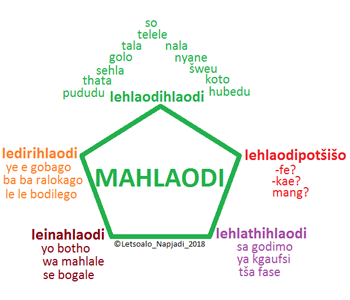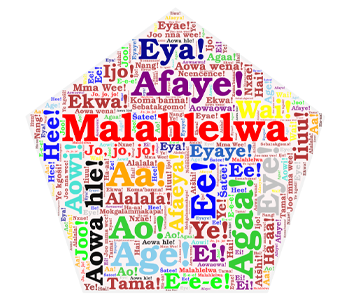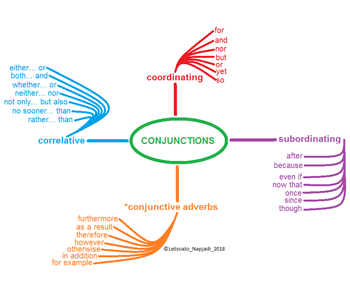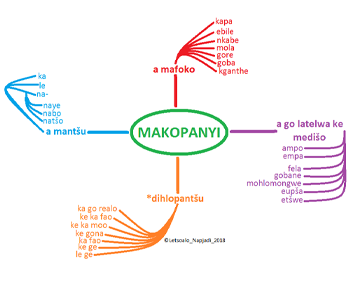Linguistics
Identifying lexical and phrasal categories
You have now seen that a full definition of each of the lexical categories must contain both the semantic definition as well as the distributional definition (the range of positions that the lexical category can occupy in a sentence). These definitions are essential to assist you to classify lexical items using various tests.
Lexical tests
One of the fundamental problems with the way lexical categories are defined is that they are often a mixture of semantic and syntactic features, and the definitions are not usually explicit enough to help us identify them in a text. Be that as it may, for us to make sense of the text we need to know the categories of lexical items. We can use the following two lexical tests (distributional and wh-questions) to help us identify lexical categories for different lexical items.
Distributional test
If we are not sure about the category of a specific lexical item we can determine the syntactic argument using the formula:
If an unknown lexical item… then it is a(n)…
By using the information that lexical items are typically associated with certain grammatical categories, we can devise the following arguments:
Nouns
If an unknown lexical item is associated with any one of the following grammatical categories: NUMBER, IN/DEFINITENESS, GENDER or CASE, then it is a noun.
The links below show the English nouns and the Sepedi nouns (maina).
English nouns and Sepedi nouns
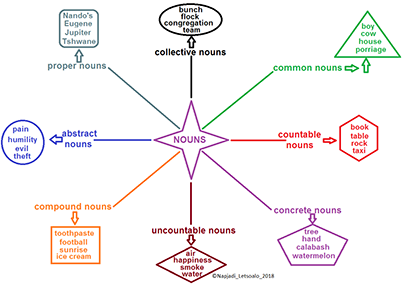 |
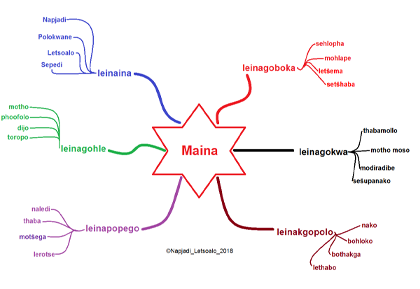 |
Verbs
If an unknown lexical item is associated with any one of the following grammatical categories: TENSE, MOOD or ASPECT, then it is a verb.
The images below show the English verbs and the Sepedi verbs (madiri).
|
Verb
|
Madiri
|
Pronouns
If an unknown lexical item is associated with any one of the following grammatical categories: PERSON, then it is a pronoun.
The links below show the English pronouns and the Sepedi pronouns (mašala).
English pronouns and the Sepedi pronouns
English pronouns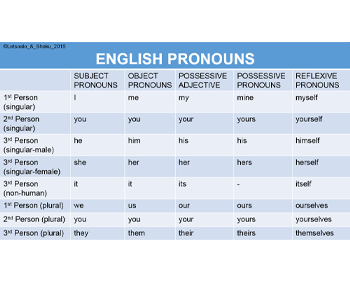 |
Sepedi pronouns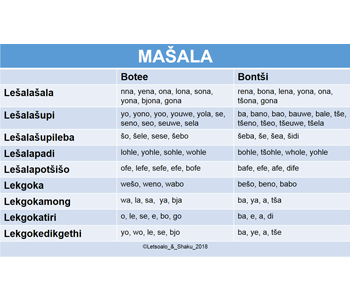 |
Adverbs
If an unknown lexical item expresses a relation of any one of the following: place, manner, time, degree, purpose or frequency then it is an adverb.
- The lexical item ADVERB is a word (e.g. around, quickly, later, extremely, therefore or occasionally) that modifies or qualifies an adjective, verb, or other adverb or a word group. It usually expresses some aspect of how the action described by the verb is carried out.
English adverbs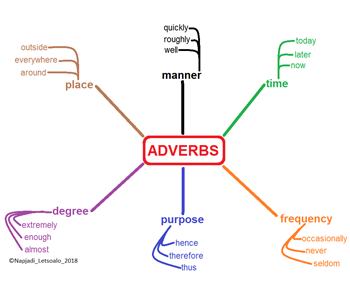
Adjectives
If an unknown lexical item names an attribute of a noun, then it is an adjective.
- The lexical item ADJECTIVE can take one of the following forms: irregular (good, better, best), phrase (young beautiful, red and white), clause (…who is studying linguistics…, …which is the most difficult…), superlative (warmest, the most handsome), comparative (longer, more brighter) or describing a noun (good, black, handsome).
The links below show the English adjectives and the Sepedi adjectives (mahlaodi).
|
English adjectives
|
Sepedi adjectives
|
Prepositions
If an unknown lexical item express the location of an object or person (noun) relative to some other object or place, or other similar relations in the sentence, then it is a preposition.
- The lexical item PREPOSITION is a word governing, and usually preceding, a noun or pronoun.
English prepositions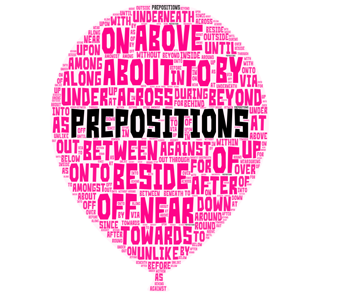
Interjections
If an unknown lexical item expresses a(n) spontaneous feeling, emotion or reaction in a sentences, then it is an interjection.
- The lexical item INTERJECTION can express a wide variety of emotions such as: excitement, surprise, pain, disbelief or disgust. It basically functions to express emotions or sudden bursts of feelings.
The links below show the English interjections and the Sepedi interjections (malahlelwa).
English interjections and the Sepedi interjections
English interjections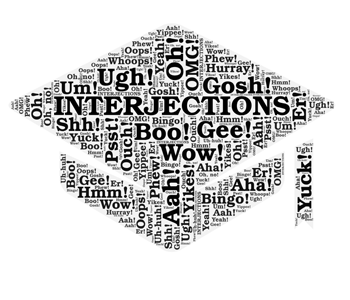 |
Sepedi interjections
|
Conjunctions
If an unknown lexical item connects or coordinates words, phrases or clauses in the same sentences, then it is a conjunction.
The links below show the English conjunctions and the Sepedi conjunctions (makopanyi).
English conjunctions and the Sepedi conjunctions
|
English conjunctions
|
Sepedi conjunctions
|
It is important to note that not all lexical items will necessarily have all the categories associated with them. For example, a noun may have only NUMBER and GENDER.
Activity
In the following English sentences, use the grammatical categories associated with verbs and nouns to determine the lexical category of the underlined words. The first part has been partially completed to help you.
1. The dams in this valley are very big.
2. If he dams up the water with his hands, you can see that it is clear.
In sentence 1, dams is associated with ......................................... expressed in the plural suffix -s. It is also associated with IN/DEFINITENESS, expressed in
the word. ................................... Therefore it is a.............................................
In sentence 2, dams is associated with .............................................................., expressed in the ................................................................................................. suffix -s. It is also associated with MOOD, expressed with ............................... Therefore, it is a ..................................................................................................
In sentence 1, dams is associated with NUMBER, expressed in the plural suffix -s. It is also associated with DEFINITENESS, expressed in the word the. Therefore, it is a noun.
In sentence 2. dams is associated with TENSE expressed in the present tense suffix -s. It is also associated with MOOD, expressed with if. Therefore, it is a verb.
Wh-questions
It is important to note that knowing the definitions of lexical categories will not necessarily help you to recognise them in a text. What we have to do now is to change these definitions into tests that will help you to classify a particular lexical item into its correct lexical category. The way to turn a definition into a test is to transform it into a question. For example, if the definition says that nouns refer to objects, people and places, you can ask yourself: does this lexical item refer to an object, a person or a place? If the answer is YES, then you are almost certainly dealing with a noun.
Remember, however, that later on you have to take into account both the semantic and the distributional parts of the definitions! By using the semantic definitions of lexical categories, we can now set up the following test questions for each of the categories and their subcategories:
Nouns
For nouns we can use Who? (to find out if a lexical item refers to a person), What? (to find out if a lexical item refers to a thing), or Where to/from? (to find out if a lexical item refers to a place). For example, in the sentence
Lesedi bought his car in Durban.
Who bought? Lesedi, therefore Lesedi is a noun.
What did he buy? Car, therefore car is a noun.
Where did he buy it? Durban, therefore Durban is a noun.
Verbs
For verbs we can use What to find out the action being done by someone, or the state of something or the occurrence of something. For example, in the sentences
- Lesedi will buy a car in Durban.
- It is raining.
What will Lesedi do? Buy, therefore buy is a verb.
What is happening? Raining, therefore raining is verb
Question test
Activity
For each of the following English expressions, answer the test questions and then classify the specific item. The first question has been completed to help you.
1. Matome jumps up and down on the bed.
Who jumps on the bed? __________________ ∴ __________
What is being done? __________________ ∴ __________
Where is it being done? __________________ ∴ __________
Phrasal tests
As you have learned in the phrase structure rule section, there are various phrases in a language. For the purpose of this discussion we will look at the following phrases: noun phrase and verb phrase. There are two tests that can be used to identify phrases.
The replacement test for phrases
As a general principle, any single noun or verb can be replaced by a longer, more complex phrase of the same type. A single word, such as Lesiba can be replaced by a phrase, such as the boy with the red shirt.
Lesiba is a genius.
The boy with the red shirt is a genius.
Alternately, if a sequence of words, such as the boy with the red shirt can be replaced by a single word, such as Lesiba, then it is usually a phrase, and not an arbitrary sequence of words. Some aspects of the meaning of the replaced words will, obviously, be lost, but the sentence should still be an acceptable sentence in that language. We can call this way of identifying phrases the replacement test for phrases. Here is another example:
The boy with a red shirt lives in the house on the corner of the street.
The sequence of words “lives in the house on the corner of the street” can be replaced by a single word such as lied in a sentence such as:
The boy with a red shirt lied.
Therefore, lives in the house on the corner of the street is a phrase.
The movement test for phrases
Another test that can be used to identify phrases is called the movement test for phrases, and it consists of moving certain parts of an expression around in a sentence. If the resulting expression is a grammatical expression, then the moved part is a phrase. For example, in the sentence
He likes wors and pap
The underlined part of the sentence can be moved, and therefore forms a phrase:
Wors and pap is what he likes.
Use the movement test to check whether the underlined items in the following sentences are phrases or not. The first example has been completed to help you.
He lives in the house on the corner of the street.
‘The house on the corner of the street is where he lives’ is a grammatical sentence, and therefore ‘the house on the corner of the street’ is a phrase.
When doing a grammatical analysis, a linguist should do both tests to check whether a particular string of words in an expression is a constituent or not.
The video below explains how to identify phrases and how to test them using phrasal tests.
Last modified: Sun Jul 30 15:45:52 SAST 2023
